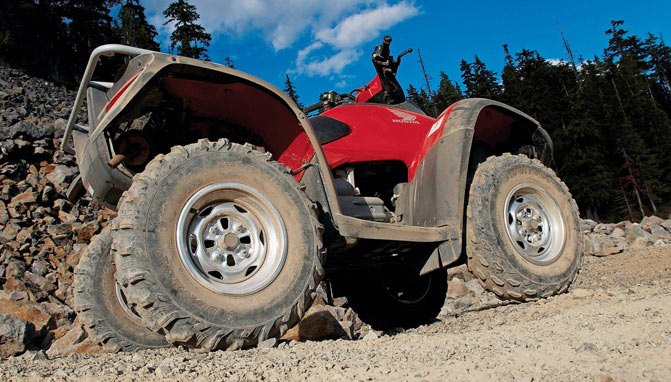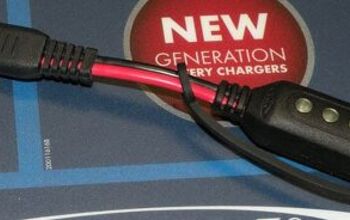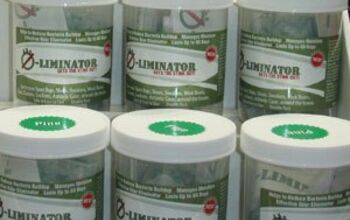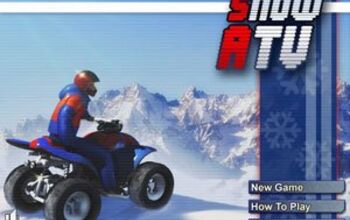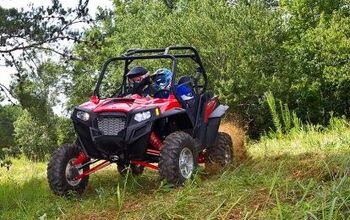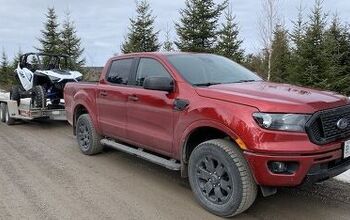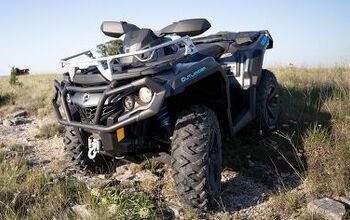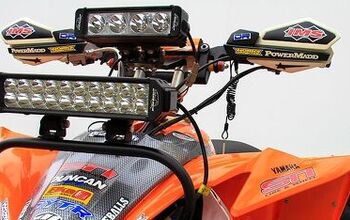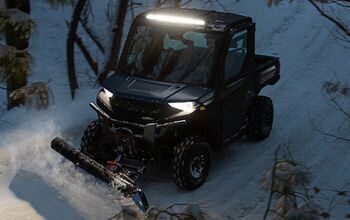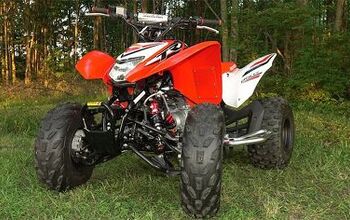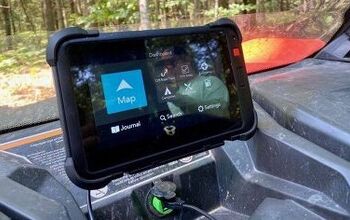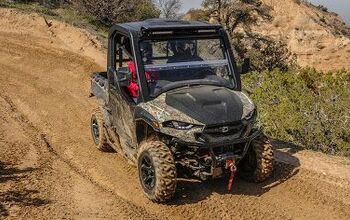Why Won't My ATV Shift Past First Gear?
Why won’t my ATV shift past first gear? That’s what one of our readers wants to know about his uncooperative Honda Rincon and the ATV AnswerMan is here to help.
Here is exactly what reader Curt had asked the ATV AnswerMan, followed by his answer:
I have a shifting problem with my 2003 Honda 650 Rincon. It will run and move in 1st and reverse only. If you run it in automatic the minute it tries to shift to second it feels like you have shifted into reverse or something wheels lock or slide and the engine stalls. If you’re lucky you don’t do a head banger over the handlebars.
You can sit still and shift through all gears in ESP mode but anything above idle in any gear except low and it starts to move then locks up. It is not showing any signs of codes I tried to do a clear on the ECM but couldn’t get it to go into the diagnostic mode.
Any help would be greatly appreciated.
This question is quite complicated in a troubleshooting point of view and similar to the transmission we are talking about. The Honda Automatic transmissions use fluid and force along with twin solenoids as well as a torque converter like a car to move through the gearing changes and there have been many times when debris or diluted fluid (water) has caused trouble. Things like old oil, debris or water in the oil and low oil cause tremendous issues here. Check that stuff first!
So I think the very first thing to ask is just how good are your mechanical abilities and how deep is your toolbox? This will determine how far you can get with my answer before you will need more professional help or a Honda dealer mechanic to finish the job. Please do not kid yourself into thinking you can do this if there is any doubt, as the results could be catastrophic to your ride. Keep in mind that these suggestions are performed at your own risk and we assume no responsibility for your personal skills.
So let’s dig in: You will need an OEM Honda Service Manual at the very least so you can follow along with this troubleshooting guide. The very first thing to check is your Honda’s oil pressure. If you have not changed the oil in some time then this is a great start to the health of your Honda. If the oil looks creamy like good coffee or burnt black and smelly then perhaps drain just the oil. Then add clean oil back into the motor and let it run five minutes or maybe even ten then change just the oil again. Be sure to change the oil filter lastly as well and make sure the correct amount of oil is added back into the engine as this does matter! After this is completed, try the shifting and see if it changed anything. If not, keep reading!
On the Passenger side of the engine of your Rincon you will find the oil line pressure port hiding behind an 8mm bolt up front, but on the right side. This is where you will attach an oil line pressure gauge and get the most accurate reading for your engine’s oil pressure. Honda’s recommended test gauge is part number 07ZMJ-HN2A100 with the 8mm x 1.25 threaded adaptor being 07AMJ-HN8A100. This will tell you if the fluid is moving well through the engine. You do not have to use Honda’s tool, but be sure the adaptor is correct so you do not cross thread the line pressure port.
Be sure to warm the engine first for at least a few minutes so the oil reading is not extremely high due to cold thick oil. Be sure the engine is in neutral and the selector lever in the center position. At 80 degrees Celsius or 176 Fahrenheit you should have around 114 psi of pressure. If the oil pressure does not reach this setting then you likely have an issue relative to these items: Oil pump, Oil filter, Oil strainer, Oil level or the transmission torque converter.
The remaining suggestions are something that really should be handled by a dealer technician, as it does get tricky from here. There are several o-rings inside the engine cover behind the transmission valve body. This is a semi-complicated operation, as this opens up the entire engine just like open-heart surgery. These seals are known as the joint pipe seals and oil orifice seals. These can cause weak pressure and shifting trouble will result if any of these are worn or if any debris is in the oil. Some have also found luck in removing the valve body from the front engine cover and discovered water or debris inside. These are all suggestions and should be taken with a bit of caution. I do wish you luck and I believe an oil line pressure check should reveal at least part of your issues.
Whether he is in Mexico covering the Baja 1000, building ATVs for local racers, or out enjoying the trails, Rick’s passion shows in his stories. Learning to wrench his own machines from his grandfather, Rick also has an undying appreciation for the mechanics of off-road vehicles. Do not let the dirt and mud fool you, though, as Rick also has a deep love for street cars.
More by Rick Sosebee



